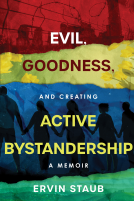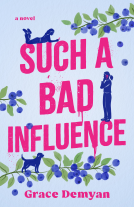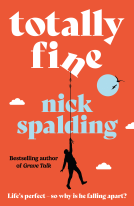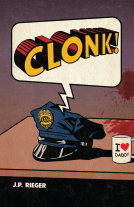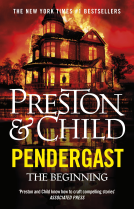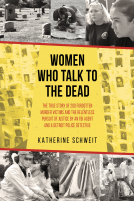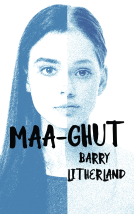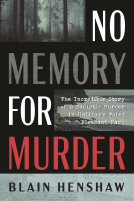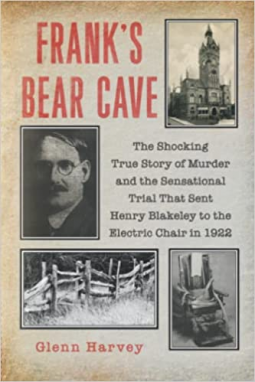
Frank's Bear Cave
A Sensational Murder Trial Set in Rural America in the Early 1900s
by Glenn Harvey
This title was previously available on NetGalley and is now archived.
Send NetGalley books directly to your Kindle or Kindle app
1
To read on a Kindle or Kindle app, please add kindle@netgalley.com as an approved email address to receive files in your Amazon account. Click here for step-by-step instructions.
2
Also find your Kindle email address within your Amazon account, and enter it here.
Pub Date 19 Jun 2022 | Archive Date 11 Oct 2022
Talking about this book? Use #FranksBearCave #NetGalley. More hashtag tips!
Description
The second decade of the 20th Century was a period of great transition, especially with the beginning of WWI in 1917. The war accelerated the industrial revolution and took an estimated forty million lives. The 1918 Spanish Flu pandemic decreased the world population by upwards of another fifty million.
The United States probably experienced more changes during that brief era than in any period since. The Nineteenth Amendment gave women the right to vote and serve on juries. Prohibition gave rise to the moonshine industry and associated gang activity. Automobiles were coming onto the scene. Yet, farmers and timbermen were using centuries-old horse-drawn technology. There was increasing demand for farm produce by the expanding population of mill workers who kept the factories humming. Likewise, the virgin forests of the northeastern U.S. were providing the lumber needed for new homes in the cities and mill towns.
People coped with the 1918 influenza pandemic and industrial accidents without health insurance or welfare assistance outside their family, friends, churches, and local social institutions. The introductory chapters provide the early 1900s, rural setting, through the experiences of one family. As all of the individuals cited are deceased, this content is based on both written and verbal memories passed down through the family, verified to the extent possible by public records. The complete 1921-22, "Trial Book" of over 1000 pages, tells the story of the murder trial.
At 1:00 am, April 3, 1921, an intruder in Frank Harvey’s Butler County, Pennsylvania, farmhouse opened a life-changing chapter in his life. The murder he witnessed led to a sensational trial, “The Commonwealth vs. Henry A. Blakeley." The resultant testimony, motions, and appeals dominated local news from April 1921 through Blakeley’s execution in October 1922.
The murder trial is told verbatim through selections from the original typewritten trial manuscript. More than seventy witnesses from many walks of life provide us with vivid images of the day and times through their unredacted words, slang, and local expressions. Witnesses for the prosecution left little doubt that the defendant was profane, mean-spirited, mentally unstable, and guilty of murder.
A verdict of first-degree murder was an automatic death sentence in Pennsylvania in 1921. Thus, the defendant’s attorneys pulled out all stops trying to convince the jury and the Pennsylvania Supreme Court that the murder was not first-degree. They failed, as the Supreme Court upheld the lower court's sentence. Nonetheless, the wide range of defense witnesses provided fascinating testimony. The defendant’s attorneys called more than forty witnesses, including the defendant’s children, local drunks, and distinguished physicians, to prove the witness was acting in self-defense or was unaware of his actions due to intoxication, insanity, or being in an epileptic coma.
In the end, his body was unclaimed by the family and Henry Blakeley was interned in the prison cemetery. He left behind photographs that he had taken for his friends and a final letter that prison officials refused to release due to its extremely vile language.
Available Editions
| ISBN | 9798835421671 |
| PRICE | US$4.99 (USD) |
Links
Average rating from 4 members
Readers who liked this book also liked:
Ervin Staub
Biographies & Memoirs, History, Nonfiction (Adult)
Alan R. Warren
Biographies & Memoirs, History, True Crime
Peter Laird; Kevin Eastman
Comics & Graphic Novels, Entertainment & Pop Culture
